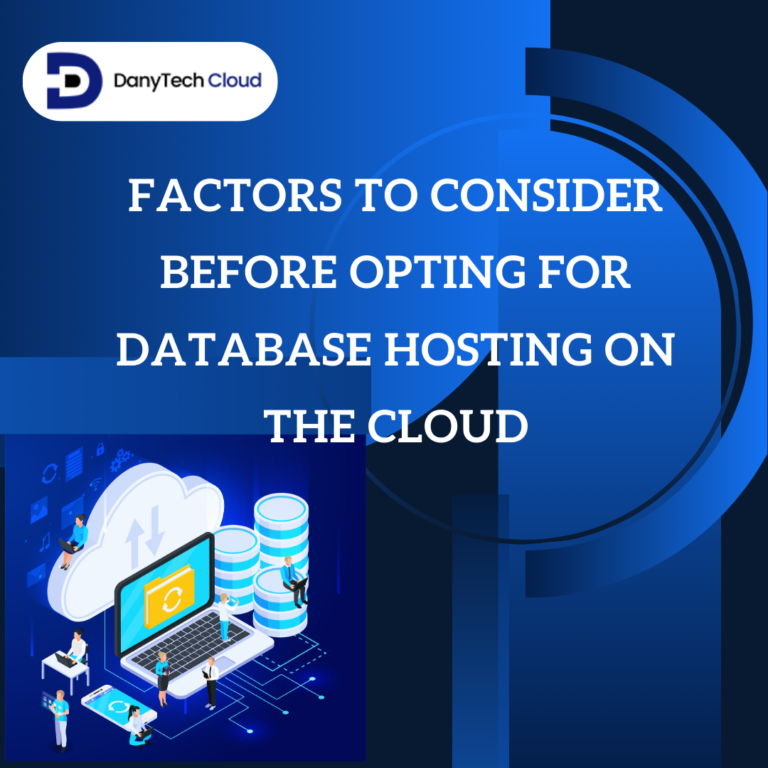Oracle Application Express (APEX) stands out as a robust tool in web development. It is perfect for creating database-centric web applications. Its three-tier architecture gives a robust framework for efficiently developing, deploying, and managing apps. This article discusses the intricacies of Oracle APEX’s three-tier architecture. We will also explore each tier’s role and how they work together to deliver seamless web apps.
Oracle APEX Three-Tier Architecture
Oracle APEX works on a three-tier architecture that includes the following layers.
Presentation Tier
This one is also called the Client Tier. It stays at the forefront of three-tier oracle apex architecture. This tier aims at the user experience (UX) and user interface (UI), providing a visually intuitive and appealing interface for end-users. In the Oracle APEX, the presentation tier primarily comprises:
- User Interface Components: It is a rich set of pre-built UI components. For instance, reports, forms, charts, and calendars. These components empower developers to build dynamic and interactive interfaces without the involvement of complicated coding.
- Themes and Templates: Oracle APEX applications provide a good range of templates and themes that define the overall feel and look of apps. Developers can tailor these themes to match branding demands or create their own from scratch.
Logic/Web Tier
It is the middle of Sitting between the data tiers and presentation; the logic tier acts as the brain of Oracle APEX applications. It processes user requests and business logic and orchestrates interactions between the data tiers and presentation. The following are the main components of the Logic Tier:
- Page Processes: These server-side processes perform SQL or PL/SQL code upon triggering events like page initialization or submission. Developers use page processes for tasks like computation, data validation, and database manipulation.
- Application Logic: Business workflows and rules are implemented in the logic tier using JavaScript, Oracle PL/SQL, or procedural logic. This tier ensures the apps operate as planned and enforces security measures and data integrity.
- Authentication and Authorization: Oracle APEX provides powerful authentication and authorization mechanisms to control access to app resources. Developers can utilize built-in authentication schemes or integrate with external identity providers for safe user authentication.
Data Tier
At the base of the three-tier APEX architecture lies the data tier. It is responsible for handling data storage, manipulation, and retrieval. Utilizing Oracle database architecture for Oracle APEX as its foundation, the data tier comprises the following components:
- Database Objects: Tables, procedures, views, and functions define the behavior and structure of the underlying database schema. Oracle APEX seamlessly combines with these database objects, allowing developers to make applications directly on top of current data models.
- SQL Workshop: A set of tools within Oracle APEX allows developers to interact with the database directly. SQL Workshop offers features for creating or modifying database objects, querying data, and executing SQL scripts, empowering developers to handle database-related tasks efficiently.
- Data Source Integration: Oracle APEX supports different data sources, including Oracle Database, web services, external databases, and RESTful APIs. Developers can connect to these sources and seamlessly utilize data within their apps.
Benefits Of A 3-tier App Architecture
One of the benefits of the Oracle three-tier architecture is that it is generally quite apparent why opting for it would be beneficial over other options like a two-tier architecture. Yet, let us briefly discuss the advantages for architects, developers, and end-users who will make or use Oracle APEX’s three-tier architecture pattern.
Scalability
All three tiers can be independently scaled to manage increased demand or load. For instance, you can add more servers to the logic tier to boost processing capabilities without impacting the user experience or add more database servers to increase query performance.
Maintainability
Alterations to one tier usually have minimal effect on the others, which makes it easier to modify, update, or debug particular application elements. As long as contracts between the layers don’t change, developers can benefit from shorter development cycles and decreased risk.
Flexibility
You can update or replace technologies within individual tiers without overhauling the whole system. This allows for greater changes as needs evolve. For instance, if the technology you are using within your data tier does not support a specific feature you need, you can exchange that technology while leaving the presentation layers and application untouched since the contracts between the layers don’t change.
Reusability
Sometimes, you can reuse the Elements within the logic tier in other applications. It promotes efficiency and code standardization. For instance, a mobile app, a web app, and a desktop app may all utilize the same application layer and corresponding data layer. Suppose a REST API or similar tech discloses the logic layer externally. In that case, it also allows third-party developers to utilize this functionality to benefit from the API and the underlying functionality.
FAQ's
ORACLE APEX is the world’s most renowned enterprise low-code app platform.
Oracle APEX’s three-tier architecture provides a detailed framework for building robust and scalable web apps. By separating concerns into presentation, logic, and data tiers, developers can create maintainable, modular, and performant applications.
The three-tier Architecture, also known as the three-layer architecture, is a client-server software architecture that separates apps into three different layers or tiers.
Conclusion
The three-tier Oracle APEX architecture provides a detailed framework for building robust and scalable web apps. Developers can design amazing apps by separating concerns into logic, presentation, and data tiers.
They can make apps that are maintainable, modular, and performant. This article discussed how an Oracle APEX supports the foundation for making maintainable, scalable, and safe applications. By understanding its basic principles, the role of all the tiers, and its real-world applications, developers can utilize this pattern to deal with complicated software projects more effectively. Also, know about Oracle APEX pricing before getting one.




